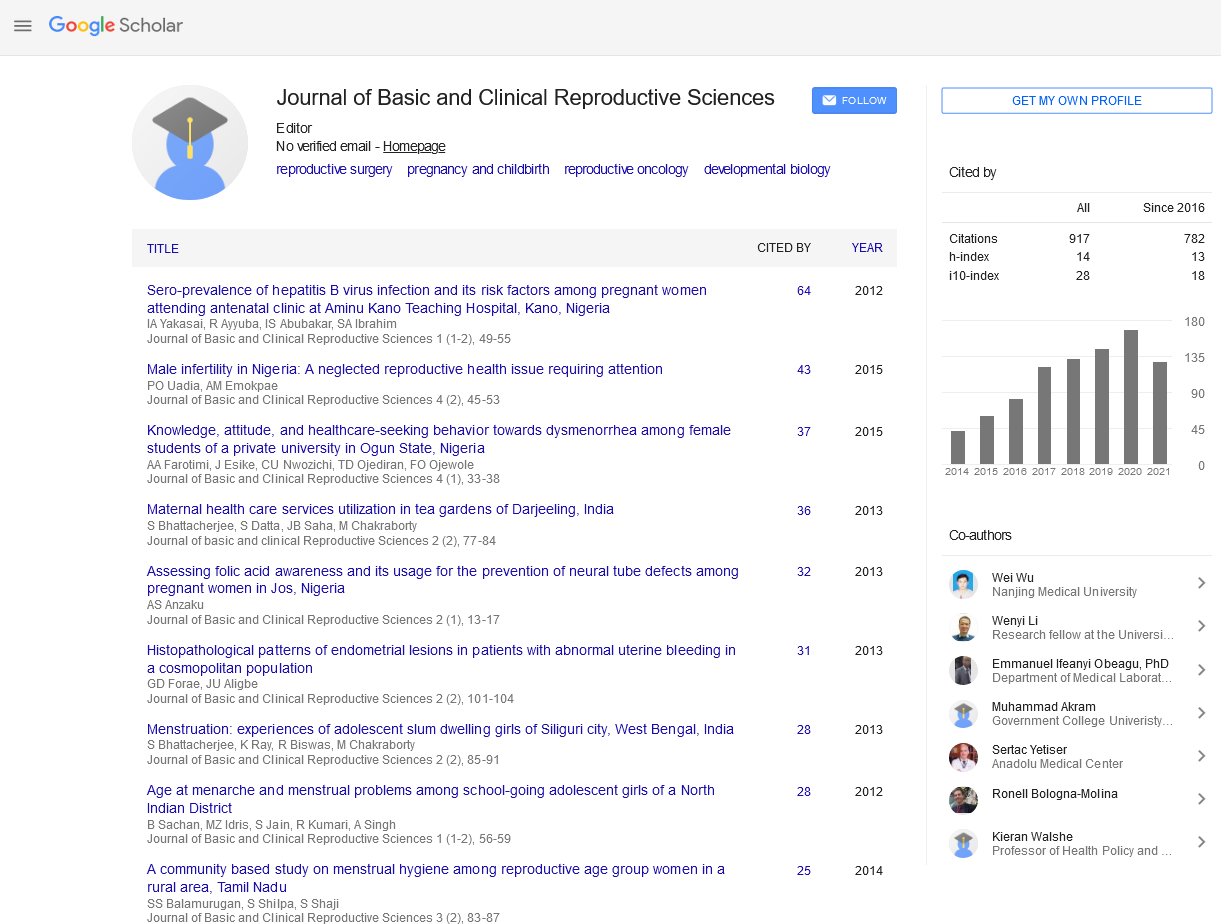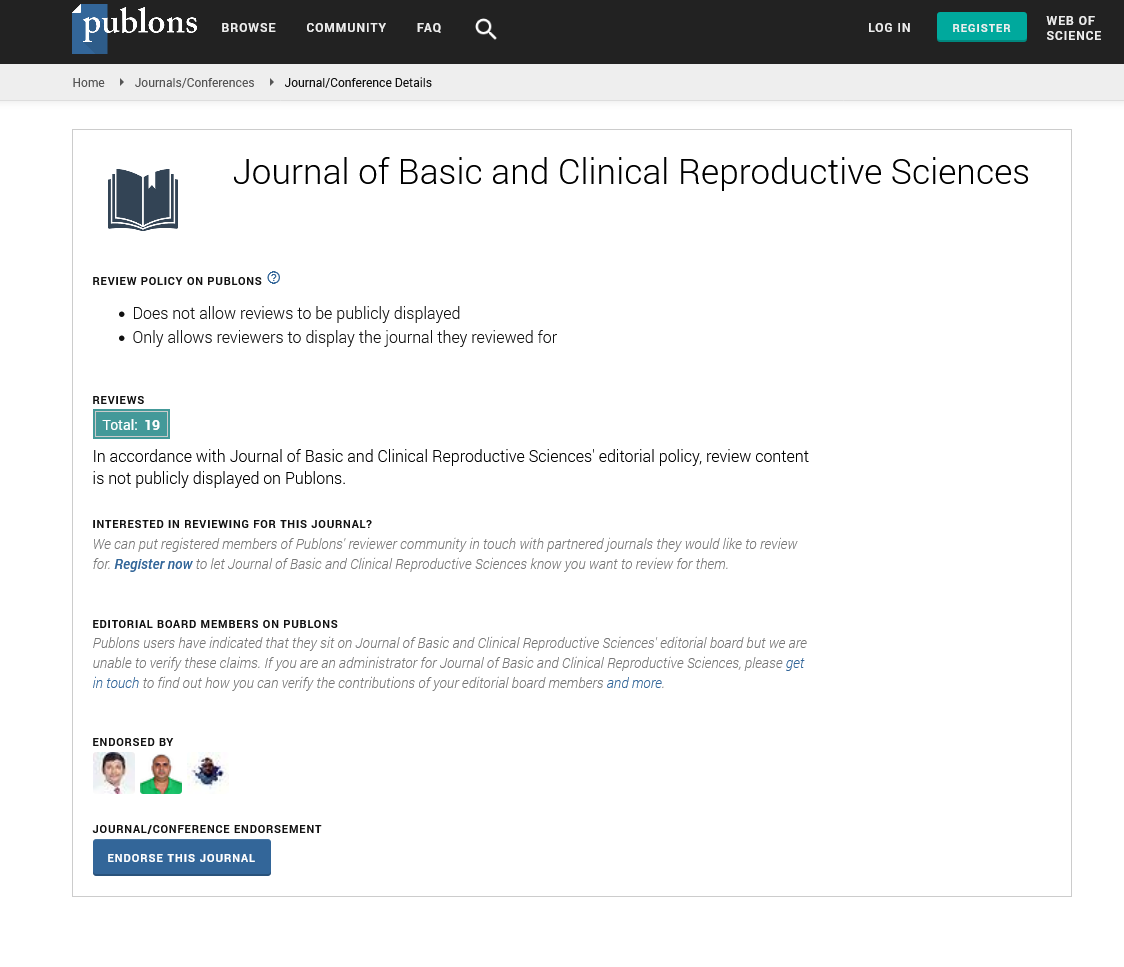Editorial - Journal of Basic and Clinical Reproductive Sciences (2021) Volume 10, Issue 2
Cryopreservation
Received: 01-Feb-2021 Accepted Date: Feb 08, 2021 ; Published: 14-Feb-2021
This open-access article is distributed under the terms of the Creative Commons Attribution Non-Commercial License (CC BY-NC) (http://creativecommons.org/licenses/by-nc/4.0/), which permits reuse, distribution and reproduction of the article, provided that the original work is properly cited and the reuse is restricted to noncommercial purposes. For commercial reuse, contact reprints@pulsus.com
Abstract
https://1xbetx.fun https://bahiscom.fun https://casibomagiris.com https://cratosslot.fun https://grandpashabet.fun https://holiganbet.fun https://holiganbet-giris.info https://jojobet.fun https://jojobetgiris.xyz https://kralbet.fun https://meritking.fun https://vdcasino.fun https://onwin.direct https://cypocafe.com https://sahabetgiris.fun
Cryopreservation
Cryopreservation is based on the ability of certain small molecules to enter cells and prevent dehydration and formation of intracellular ice crystals, which can cause cell death and destruction of cell organelles during the freezing process. Two common cryoprotective agents are dimethyl sulfoxide (DMSO) and glycerol. Glycerol is used primarily for cryoprotection of red blood cells, and DMSO is used for protection of most other cells and tissues. A sugar called trehalose, which occurs in organisms capable of surviving extreme dehydration, is used for freeze-drying methods of cryopreservation. Trehalose stabilizes cell membranes, and it is particularly useful for the preservation of sperm, stem cells, and blood cells. Most systems of cellular cryopreservation use a controlled-rate freezer. This freezing system delivers liquid nitrogen into a closed chamber into which the cell suspension is placed. Careful monitoring of the rate of freezing helps to prevent rapid cellular dehydration and ice-crystal formation. In general, the cells are taken from room temperature to approximately −90 °C (−130 °F) in a controlled-rate freezer. The frozen cell suspension is then transferred into a liquid-nitrogen freezer maintained at extremely cold temperatures with nitrogen in either the vapour or the liquid phase. Cryopreservation based on freeze-drying does not require use of liquid-nitrogen freezers. An important application of cryopreservation is in the freezing and storage of hematopoietic stem cells, which are found in the bone marrow and peripheral blood. In autologous bone-marrow rescue, hematopoietic stem cells are collected from a patient’s bone marrow prior to treatment with high-dose chemotherapy. Following treatment, the patient’s cryopreserved cells are thawed and infused back into the body. This procedure is necessary, since high-dose chemotherapy is extremely toxic to the bone marrow. The ability to cryopreserve hematopoietic stem cells has greatly enhanced the outcome for the treatment of certain lymphomas and solid tumour malignancies. In the case of patients with leukemia, their blood cells are cancerous and cannot be used for autologous bone-marrow rescue. As a result, these patients rely on cryopreserved blood collected from the umbilical cords of newborn infants or on cryopreserved hematopoietic stem cells obtained from donors. Since the late 1990s it has been recognized that hematopoietic stem cells and mesenchymal stem cells (derived from embryonic connective tissue) are capable of differentiating into skeletal and cardiac muscle tissues, nerve tissue, and bone. Today there is intense interest in the growth of these cells in tissue culture systems, as well as in the cryopreservation of these cells for future therapy for a wide variety of disorders, including disorders of the nervous and muscle systems and diseases of the liver and heart.


